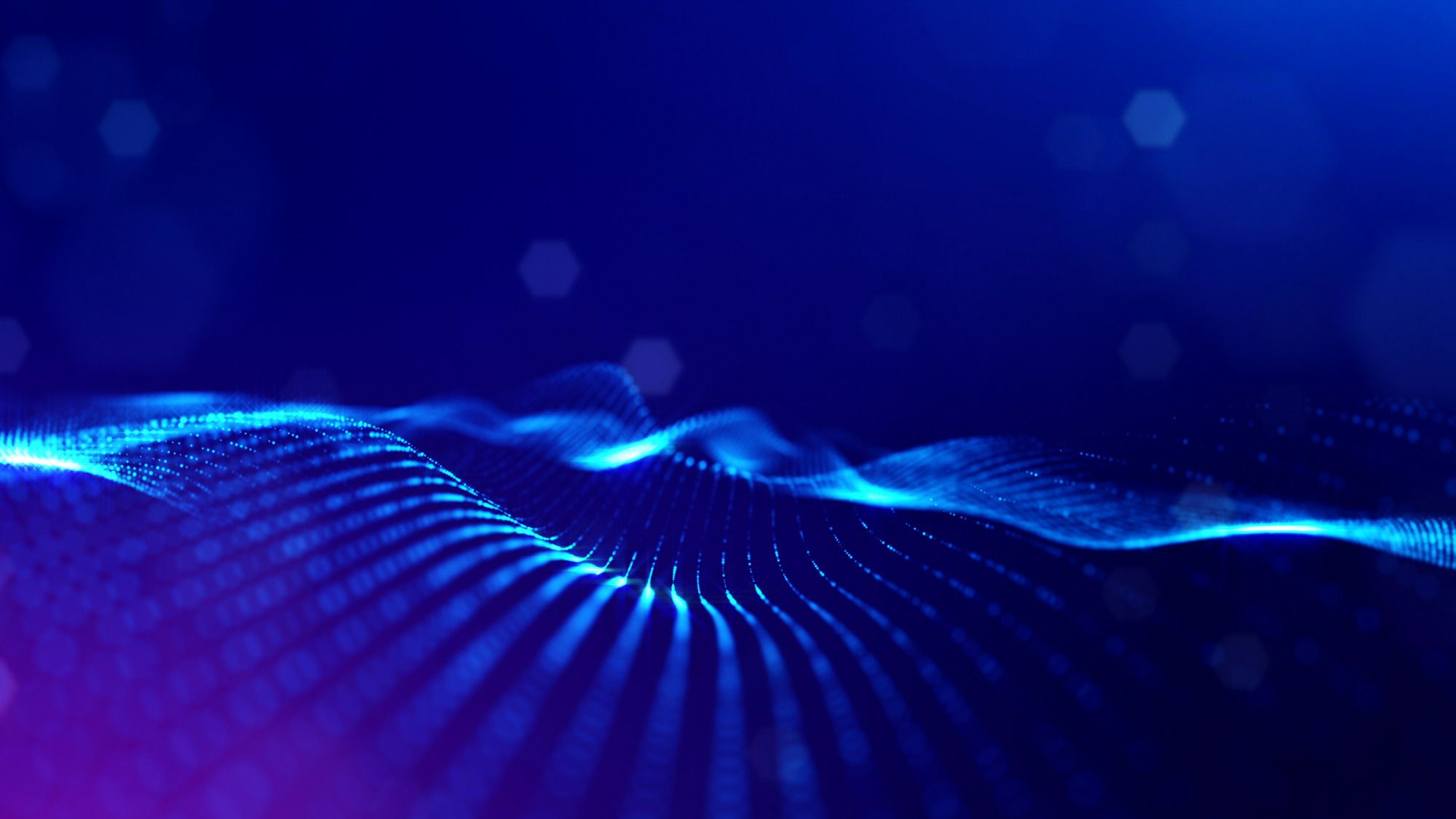
Past Voucher Award Recipient
Lightbridge Corporation
partnered with
Idaho National Laboratory
Advanced Test Reactor Experiment Design
for Measurement of Lightbridge Fuel™
Thermophysical Properties, NE-20.1-21540
YEAR AWARDED: FY-2020
TOTAL PROJECT VALUE: $846k (DOE Funds Awarded: $635k; Awardee Cost Share: $211k)
STATUS: Completed
PRINCIPAL LAB INVESTIGATORS: Geoffrey (Boone) Beausoleil ([email protected])
DESCRIPTION: With its increased fuel surface area coefficient of thermal conductivity, Lightbridge’s helical, multi-lobe fuel rod design could enable existing and new reactors to operate longer and at significantly lower temperatures, while extracting more heat from the fuel core and delivering greater electricity output. In short, Lightbridge Fuel™ is designed to safely produce more power from the same reactor, making them more economical. The scope of this project included the design of an experiment for irradiating Lightbridge metallic fuel material samples in the Advanced Test Reactor (ATR) at Idaho National Laboratory (INL). Together, the Lightbridge and INL teams established the test plan for the measurement of key thermophysical properties of Lightbridge Fuel material both before and after irradiation in the ATR. From there, INL performed a detailed design and established the safety case needed for insertion of the experiment in the ATR. This included the control of parameters such as sample enrichment, thermalhydraulic capacity, maximum sample temperature, neutron fluence, and the physical location of test capsules within the ATR.
BENEFIT: Since the closure of Norway’s Institute for Energy Technology Halden Reactor in June 2018, access to test reactors has been significantly limited to perform these types of burnup-related experiments to validate expected fuel material properties, impeding progress towards design finalization. Measurement of several fuel material physical properties (e.g., swelling and thermal conductivity) as a function of fuel burnup are necessary to finalize Lightbridge’s fuel design and safety analyses required by the U.S. Nuclear Regulatory Commission for fuel licensing. These properties are key inputs to a variety of design basis accident analysis models and simulations.
IMPACT: The fully designed Advanced Test Reactor (ATR) irradiation experiment and safety case outputs will allow Lightbridge to move forward with fabrication, accelerate irradiation in the ATR to varying levels of fuel burnup, and measure important thermo-physical properties of Lightbridge Fuel™. This irradiation experiment design and subsequent outputs are key steps in the domestic commercial deployment of Lightbridge Fuel™ advanced fuel technology.
NEXT STEPS: The next step in the testing program is to contract for the high-assay low-enriched uranium (HALEU) material and fabrication of the sample coupons for insertion into the ATR. Lightbridge’s goal is to have the experiment available for insertion into the ATR when its core internal change out maintenance outage is completed. The actual experiment insertion is subject to the final duration of the outage, the availability of testing positions in the ATR and INL’s prior commitments for testing. Once the required burn up is achieved in the ATR, post-irradiation testing is planned.
